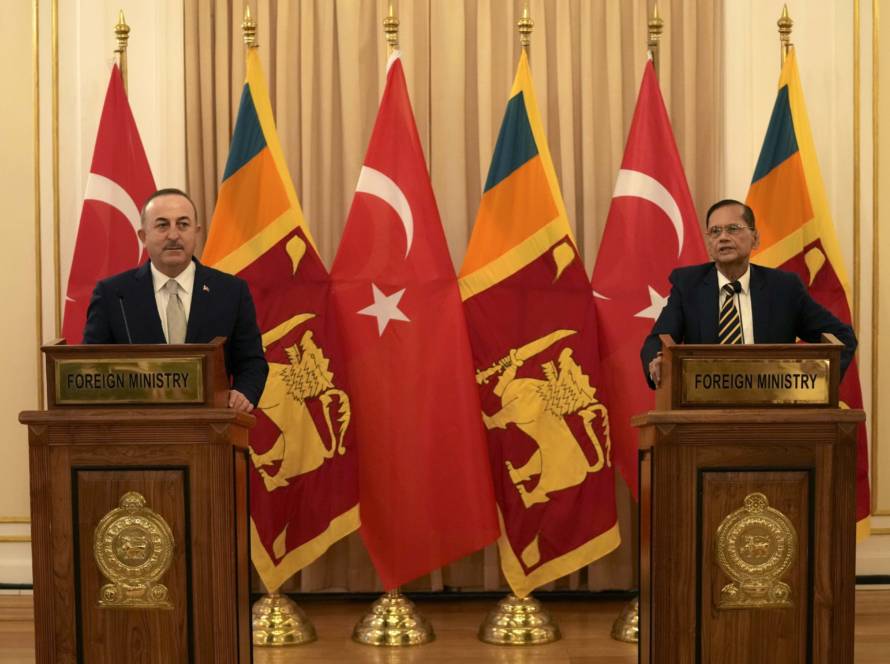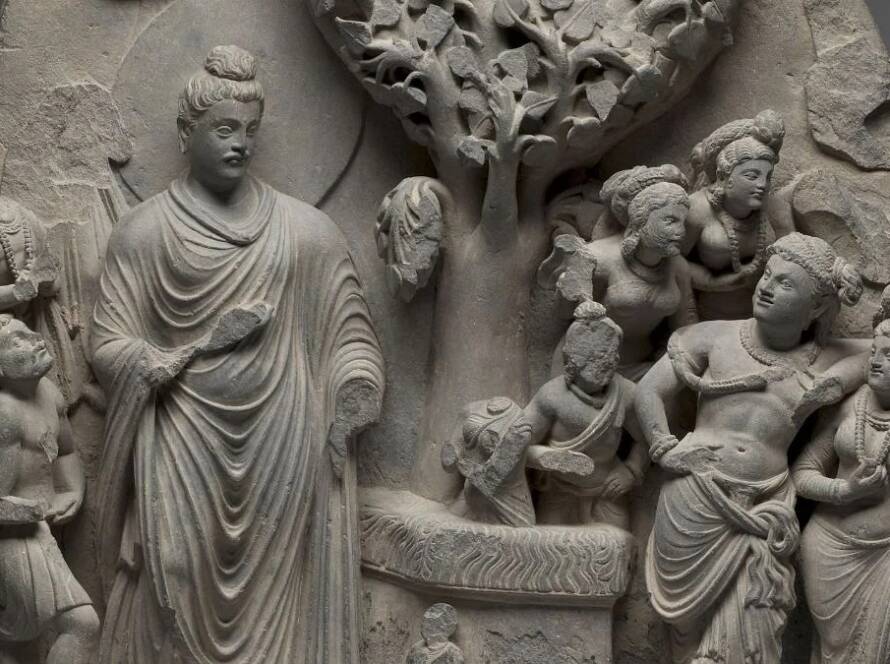By Professor Raj Somadeva
The Pali Chronicles, namely the Mahavamsa and Culavamsa (written in the fifth century and 13th century CE respectively) do not celebrate all the kings of Sri Lanka, though they valorize quite a number of them. Very often they pin the blame for the disintegration of the State on those who ruled the realm. This is especially so regarding those who held power between the seventh century and ninth century CE. Scholars examining this period will thus find links between the decline of the country and the failures of the State, the latter including not just rulers, but also sub-rulers, military commanders, and foreign emissaries.
A combination of factors led to the downfall of one of South Asia’s most formidable and enduring cities. A Buddhist kingdom and arguably the oldest Theravada Buddhist kingdom in existence then, Anuradhapura enjoyed a period of efflorescence in its first seven centuries. If under Dhatusena (455-473 CE) the city and the State reached its peak, however, the years that followed would see much instability. Historians attribute that to two reasons: dynastic conflicts and developments in the South Indian peninsular.
For the purposes of my essay we are concerned with three kings from this period: Sena I (833-853 CE), Dappula IV (924-935 CE), and Mahinda V (982-1029 CE). Sena I came to the throne in the mid-ninth century CE, a period of decline. The Culavamsa describes him as a good and righteous king. Yet it also criticizes him for having slain his brother, Mahinda, to clear his path of all those “who could dispute with him the royal dignity.”
Once he had got such matters out of his way, Sena I had to attend to other problems. Prime among them were the pressures exerted by the Pandyan polity. By now the Anuradhapura State had incorporated mercenaries from South India. The Chronicles tell us that a Pandyan king, Srimara Srivallabha, chose this moment to invade the island. Despite his best efforts Sena I could not keep the foreign forces at bay. Operating as a fifth column, his own soldiers immediately, and understandably, sided with the invading army.
Not surprisingly, the interplay between Pandyan, Pallavar, and Chola dynasties in South India had a profound impact on Sri Lankan history. The rulers of the time, to be fair by them, had to reckon with developments beyond their control. At the same time, by intervening on behalf of one or the other of these dynasties, the Sinhalese kings abandoned any neutralism in foreign policy, exposing the island to the threat of outside invasion.
By the time of Dappula IV, conflicts between the Pandyans and the Cholas had peaked so much that the Pandyan king, Rajasimha II, came to Sri Lanka to seek the support of the Sinhala court. This Dappula V initially resolved to give, but later refused. Disappointed, the Pandyan king had to retire to Malabar. The Chronicles tell us that he later left behind his diadem in Anuradhapura. The war that followed, first in South India and later expanding to Sri Lanka, marked the beginning of Chola supremacy in the region, a point emphasized by the historian George Spencer in The Politics of Expansion: The Chola Conquest in Sri Lanka and Sri Vijaya. Such a state of affairs called for a pragmatist, if not neutralist, foreign policy. Tragically for Sri Lanka, however, such policies were not to be.
Somewhere around 915 CE the Sinhalese army was deployed to South India. The expedition had been organized on behalf of the Pandyan king, Rajasimha II. Whereas earlier the Sinhalese State regarded the Pandyan Kingdom as its enemy, now it was so concerned by the prospect of Chola hegemony in the region that it switched sides. Yet although the Chola State never completely succeeded in subduing the Pandyans, it regarded intervention by the Sinhalese State with much hostility. It was only a matter of time before they made their next move. Compelled by reasons of geopolitics – the Cholas, naturally, considered Sri Lanka a threat to their rule – they launched an invasion in the late 10th century CE. Led by Rajaraja I or Rajaraja the Great, this was to have long-lasting effects on Anuradhapura.
The Kingdom, for its part, crumbled under the weight of its own contradictions. The period of rulers revered for their statecraft, for their ability to balance the interests of the State with the needs of its people, had long gone. The Chronicles are quite clear here: those who held power, at this point, were not just weak, but also reckless.
Assuming the throne at a time of unprecedented instability in Anuradhapura, Mahinda V epitomized this downward spiral. The Culavamsa notes that under him “the peasants did not deliver him his share of the produce.” His policies succeeded in reducing tax revenues, and by the 10th year of his rule he had “lost his fortune.” Making matters worse, he had inherited a fundamental weakness of the Sinhalese State: its reliance on Kerala soldiers. Left without pay, these mercenaries “planted themselves with another at the door of the royal palace… with the cry, ‘So long as there is no pay, he shall not eat!’”
For South Indian expansionism this was the ideal moment. Mahinda V went down in history as the last Sinhalese king of Anuradhapura. In 1017 CE he was captured by the Cholas. He later died in South India. Left without a king and without sufficient defenses, Anuradhapura was forced to face the wrath of South Indian mercenaries. The campaign begun by Rajaraja I was brought to a ruthless conclusion under his son, Rajendra I. His campaign ended with the annexation of Anuradhapura, along with the Rajarata, by the Chola Empire. From then until Vijayabahu I’s campaigns of the 11th century CE, the Rajarata remained a part or mandalam (province) of a South Indian, Hindu, and Dravidian State.
What lessons can we draw from this phase in our history? Perhaps the biggest lesson is that without adequate safeguards, such as proper defenses and political stability, the State will not endure external pressures. By reducing tax revenues, Mahinda V may or may not have believed that he would accrue a return in the long term. Yet, in the end, left without funds for his military, his own soldiers mutinied against him.
Moreover, by intervening in the dynastic disputes that constituted South Indian politics after the eight century AD, Sinhalese kings exposed the country to the threat of South Indian invasion. It may have been their idealization of a unified Sinhalese policy, free from outside encumbrances, that led the authors of the Chronicles to refrain from praising the later kings of Anuradhapura. In that respect their reputation was as justly earned as that of the earlier kings, who succeeded in not just strengthening the polity, but also representing its interests abroad, through a combination of statecraft and pragmatism.
Raj Somadeva obtained his PhD from Uppsala University in Sweden and is a Charles Wallers Research Fellow of the Institute of Archaeology at the University of London. He is presently a Senior Professor in the Postgraduate Institute of Archaeology at the University of Kelaniya.
Factum is an Asia-focused think tank on International Relations, Tech Cooperation and Strategic Communications based in Sri Lanka accessible via www.factum.lk


